Author: Luke Seeley
-
Previewing Arizona House of Representatives elections

All 60 seats in the Arizona House of Representatives are up for election in 2020. Republicans lost seats but maintained their majority in the 2018 elections for the Arizona House of Representatives, winning 31 seats to Democrats’ 29. Arizona state representatives serve two-year terms, with all seats up for election every two years. Thirty multi-member…
-
One North Dakota Supreme Court seat up for nonpartisan election in November
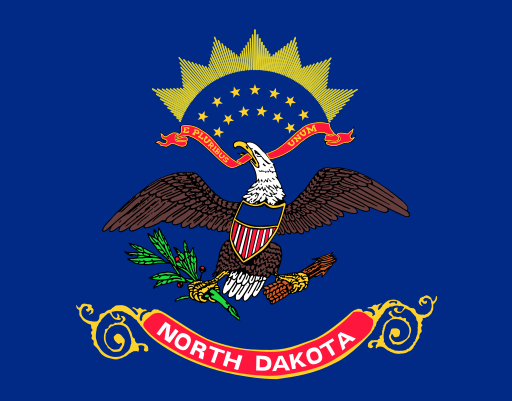
The seat held by North Dakota Supreme Court Justice Jon Jay Jensen will be up for a nonpartisan election on November 3, 2020. Jensen is seeking re-election unopposed. Gov. Doug Burgum (R) appointed Jensen in 2017. Despite the normal method of judicial selection being a nonpartisan election, all but one justice of the North Dakota…
-
Two Montana Supreme Court seats are up for nonpartisan election in November
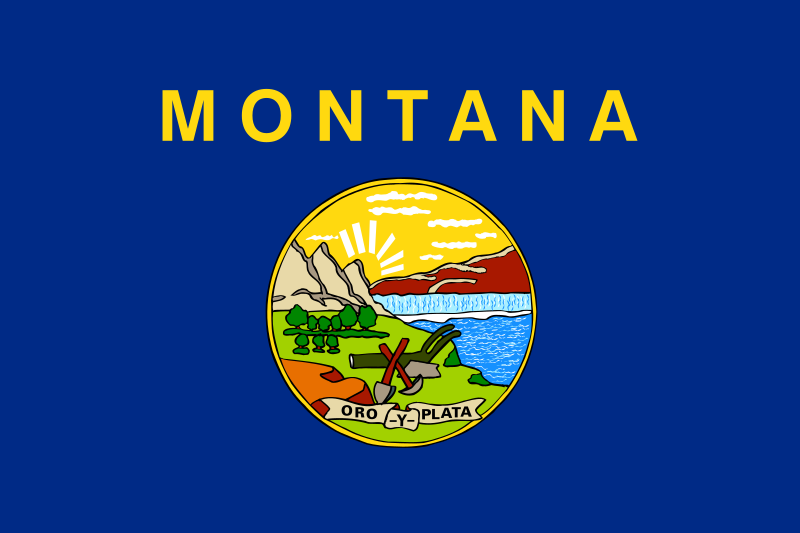
The seats of Montana Supreme Court Justices Laurie McKinnon and Jim Shea will be up for a nonpartisan election in November. Jim Shea is running uncontested while McKinnon is running in a race with Mike Black. McKinnon was last elected in 2012 while Shea was appointed in 2014 and elected in 2016. Two of Montana’s…
-
One Alaska Supreme Court justice seeks retention in November
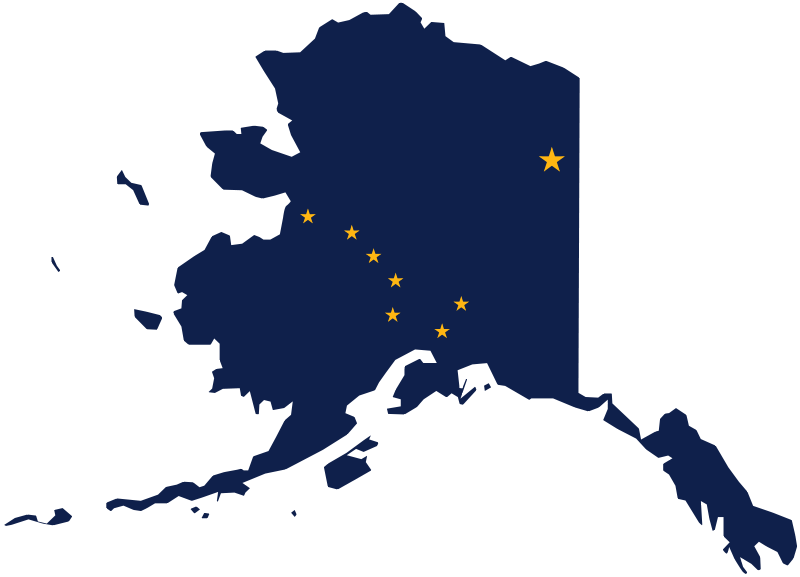
Alaska Supreme Court Justice Susan Carney is seeking retention on November 3, 2020. She was appointed by Gov. Bill Walker (I) in 2016. Currently, four of the justices on the court were appointed by a Republican governor while one was appointed by an independent governor. The governor appoints the five justices of the supreme court…
-
One Minnesota Supreme Court seat up for nonpartisan election in November
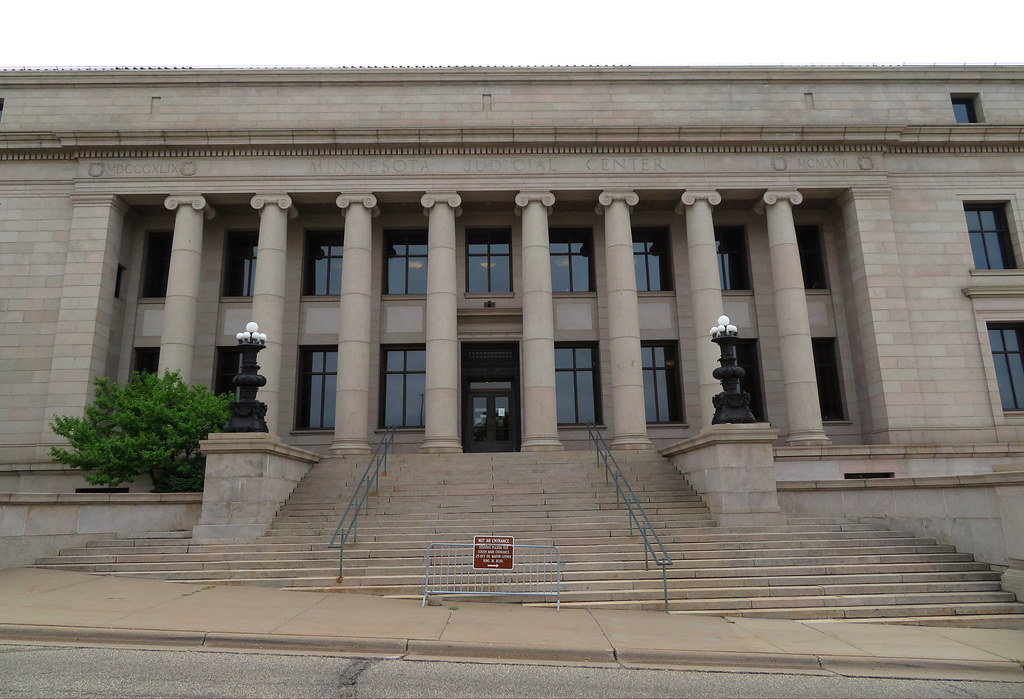
The seat of Minnesota Supreme Court Justice Paul Thissen will be up for a nonpartisan election on November 3. Thissen is seeking re-election against Michelle L. MacDonald. Despite the normal method of judicial selection being a nonpartisan election, every justice of the Minnesota Supreme Court was initially appointed by the governor to fill a vacancy.…
-
Two Nevada Supreme Court seats are up for nonpartisan election in November

The seats of Nevada Supreme Court Justices Mark Gibbons and Kris Pickering will be up for nonpartisan election on November 3, 2020. Pickering is seeking re-election while Gibbons is not. Pickering is unopposed for the November election to reclaim her seat. Ozzie Fumo and Douglas Herndon will face each other in an effort to fill…
-
Three Maryland Court of Appeals justices seek retention in November

Maryland Court of Appeals Justices Brynja McDivitt Booth, Jonathan Biran, and Mary Ellen Barbera are all seeking retention on November 3, 2020. Booth and Biran were appointed by Gov. Larry Hogan (R) while Barbera was appointed by Gov. Martin O’Malley (D). Currently, three of the seven justices on the court were appointed by a Democratic…
-
Two Colorado Supreme Court justices seek retention in November
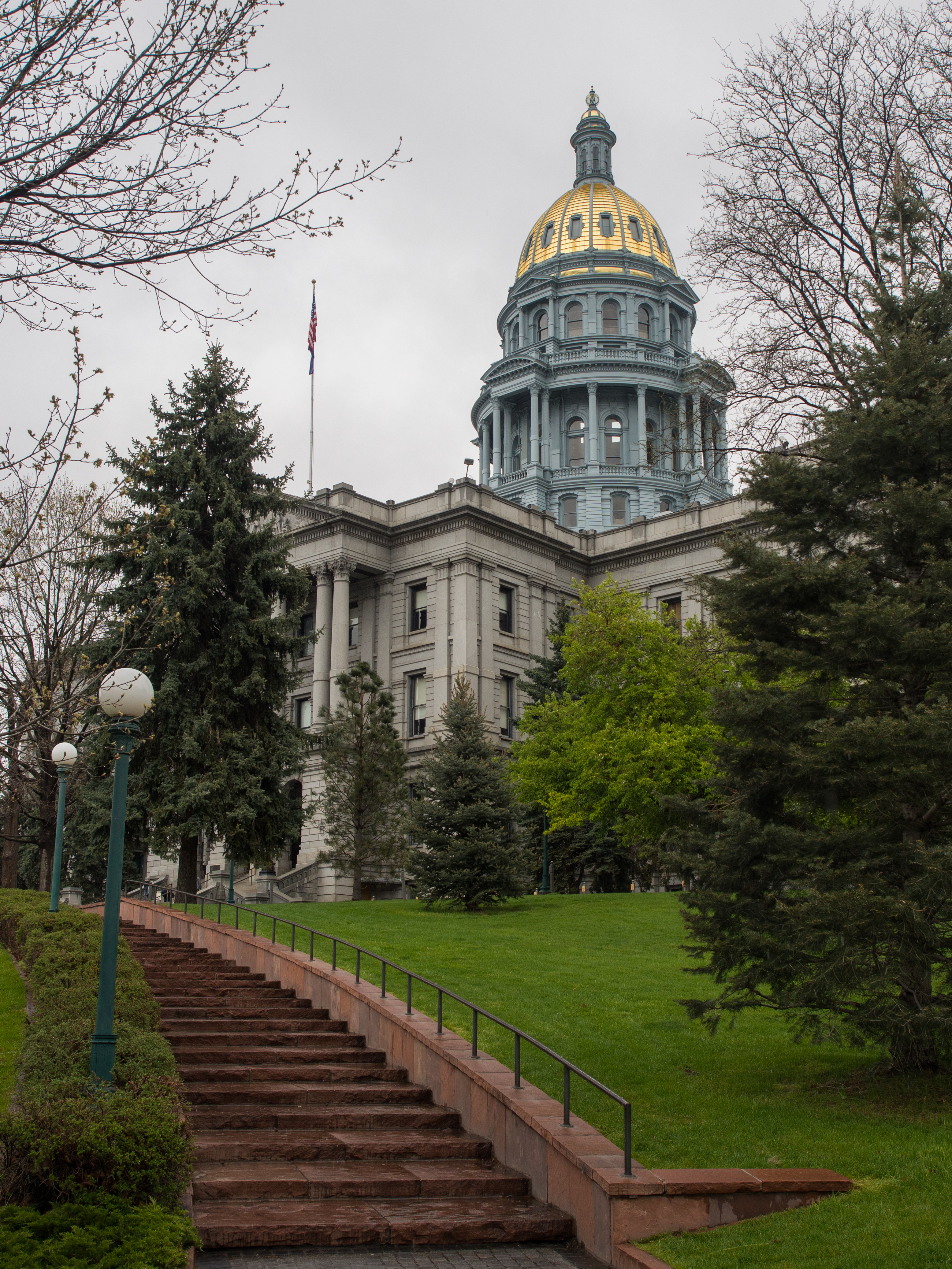
Colorado Supreme Court Justices Melissa Hart and Carlos Armando Samour Jr. are standing for retention election on November 3, 2020. Both justices were appointed by Gov. John Hickenlooper (D). Currently, six of the seven justices on the court were appointed by a Democratic governor. Of those, five were appointed by Hickenlooper. • Brian Boatright Appointed…
-
One Utah Supreme Court justice seeks retention in November

Utah Supreme Court Justice John A. Pearce is standing for retention election on November 3, 2020. Pearce was appointed by former Utah Governor Gary Herbert (R). Herbert appointed four of the five justices currently sitting on the court. Gov. Michael Leavitt (R) appointed the other. The governor of Utah appoints the five justices of the…
-
Two Wyoming Supreme Court justices seek retention in November
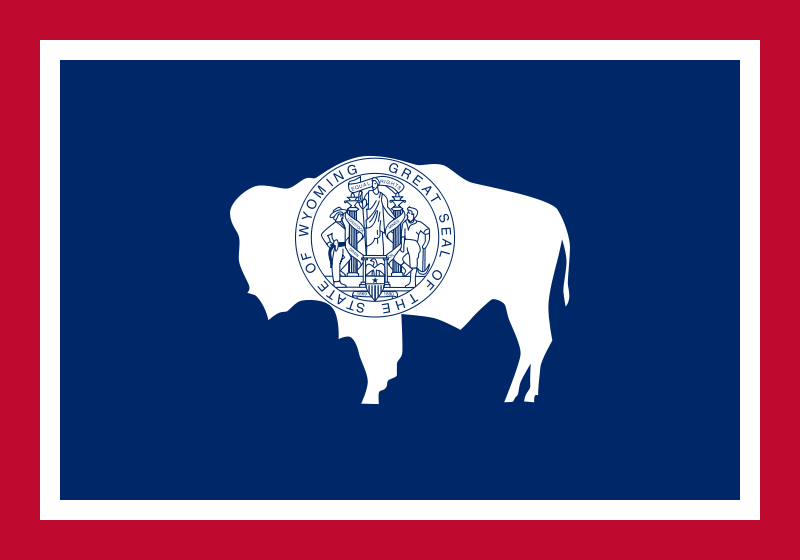
Wyoming Supreme Court Justices Lynne Boomgaarden and Kari Gray are standing for retention election on November 3, 2020. Both Boomgaarden and Gray were appointed by former Wyoming Governor Matt Mead (R). Mead appointed all five of the justices currently on the court. The governor appoints the five justices of the Wyoming Supreme Court with the…

